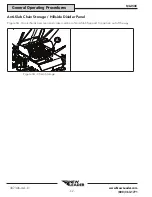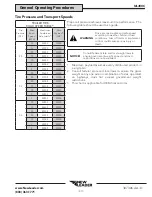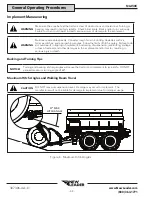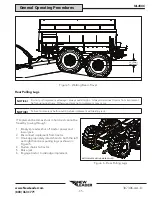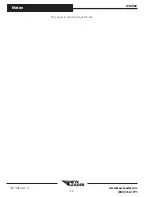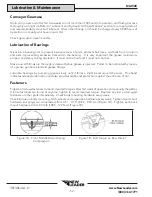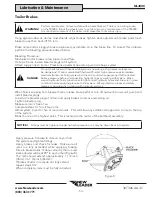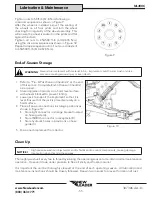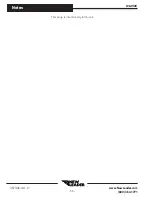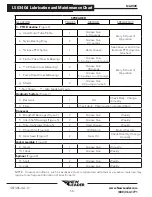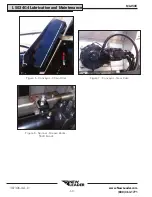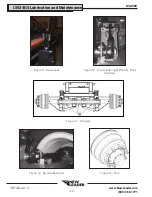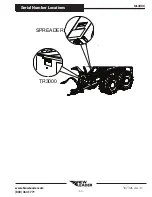
- 48 -
www.NewLeader.com
(800) 363-1771
307306-AA-D
NL450C
Header
HYDRAULIC HOSE
Hose assemblies in operation should be inspected frequently for leakage, kinking, abrasion, corrosion
or other signs of wear or damage. Worn or damaged hose assemblies should be replaced immediately.
When replacing, use hoses of same or better rating and construction.
WARNING
Testing should be conducted in approved test stands with adequate guards to protect the
operator.
Clean
Clean assembly by blowing out with clean compressed air. Assemblies may
be rinsed out with mineral spirits if the tube stock is compatible with oil,
otherwise hot water at 150°F (65.55° C) maximum may be used. Ensure all
are dry before assembly.
Inspect
Examine hose assembly internally for cut or bulged tube, obstructions, and
cleanliness. For segment style
fi
ttings, be sure that the hose butts up against
the nipple shoulder; band and retaining ring are properly set and tight, and
segments are properly spaced. Check for proper gap between nut and
socket or hex and socket. Nuts should swivel freely. Check the layline of the
hose to be sure the assembly is not twisted. Cap the ends of the hose with
plastic covers to keep clean.
Test
The hose assembly should be hydrostatically tested at twice the
recommended working pressure of the hose.
Test pressure should be held for not more than one minute and not less than
30 seconds. When test pressure is reached, visually inspect hose assembly
for: 1. Any leaks or signs of weakness. 2. Any movement of the hose
fi
tting
in relation to the hose. Any of these defects are cause for rejection.
Storage and Handling
Hose should be stored in a dark, dry atmosphere away from electrical equipment, and the temperature
should not exceed 90° F (32° C).
Lubrication & Maintenance









